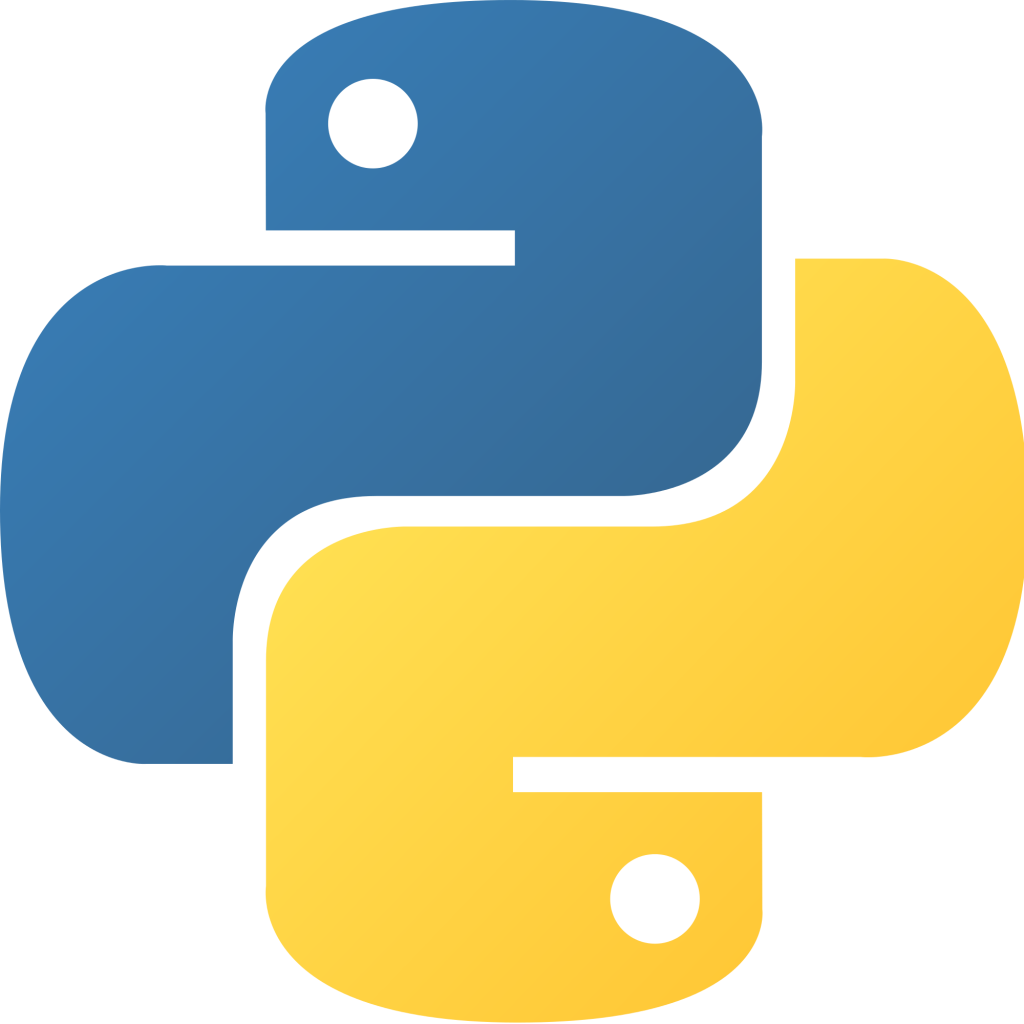How Well Do You Understand Concurrent Programming with Python's asyncio?
Gensen Huang
Created 7/2/2024

Think you can master concurrency in Python? Test your knowledge of asyncio and see how many of the 15 questions you can get right!
1. What is the primary purpose of the asyncio module in Python?
To simplify synchronous programming
To support threading more effectively
To provide tools for writing concurrent code using coroutines
To enhance multiprocessing capabilities
2. Which keyword is used to define an asynchronous function in Python?
3. What does the 'await' keyword do in an async function?
Calls a synchronous function
Transforms the function to run as a thread
Pauses the execution of the async function until the awaited coroutine completes
Creates a new event loop
4. What type of tasks is asyncio particularly well-suited for?
CPU-bound tasks
GPU-bound tasks
I/O-bound tasks
Memory-bound tasks
5. Which function is used to run the main entry point of an asyncio program?
asyncio.start()
asyncio.begin()
asyncio.run()
asyncio.execute()
6. What is an event loop in the context of asyncio?
A mechanism to handle threads and processes
A loop that schedules and handles asynchronous tasks and I/O operations
A construct for creating coroutines
A framework for implementing multi-threading
7. How do you create an asyncio-compatible TCP server?
asyncio.create_tcp_server()
asyncio.run_server()
asyncio.start_server()
asyncio.start_tcp_listener()
8. What does the 'asyncio.gather()' function do?
Collects data from various sources asynchronously
Runs multiple coroutine objects concurrently and waits until they are completed
Starts multiple event loops
Merges multiple event loops into one
9. What function allows the asynchronous call to sleep for a specified time?
asyncio.hold()
asyncio.timeout()
asyncio.sleep()
asyncio.wait()
10. Which of the following is true about coroutines and threads?
Coroutines and threads operate completely independently
Coroutines and threads both use cooperative multitasking
Coroutines run cooperatively while threads can run preemptively
Threads always outperform coroutines
11. What is the primary characteristic of asyncio event loops?
They run on multiple threads
They run on multiple processes
They handle asynchronous tasks within a single thread
They create multiple event loops for different I/O operations
12. Which Python version introduced the async/await syntax?
Python 3.3
Python 3.4
Python 3.5
Python 3.6
13. What happens if an awaitable object in asyncio does not complete?
The async function will return an error
The async function will continue executing other statements
The async function will remain suspended
The async function will convert the awaitable into a thread
14. What is a Future in the context of asyncio?
A past state of an event loop
A synchronous callback
An awaitable object representing a pending result
A coroutine
15. Which statement best describes a 'Task' in asyncio?
A Task is a type of process
A Task is a method for creating threads
A Task wraps a coroutine and schedules its execution
A Task controls memory management

